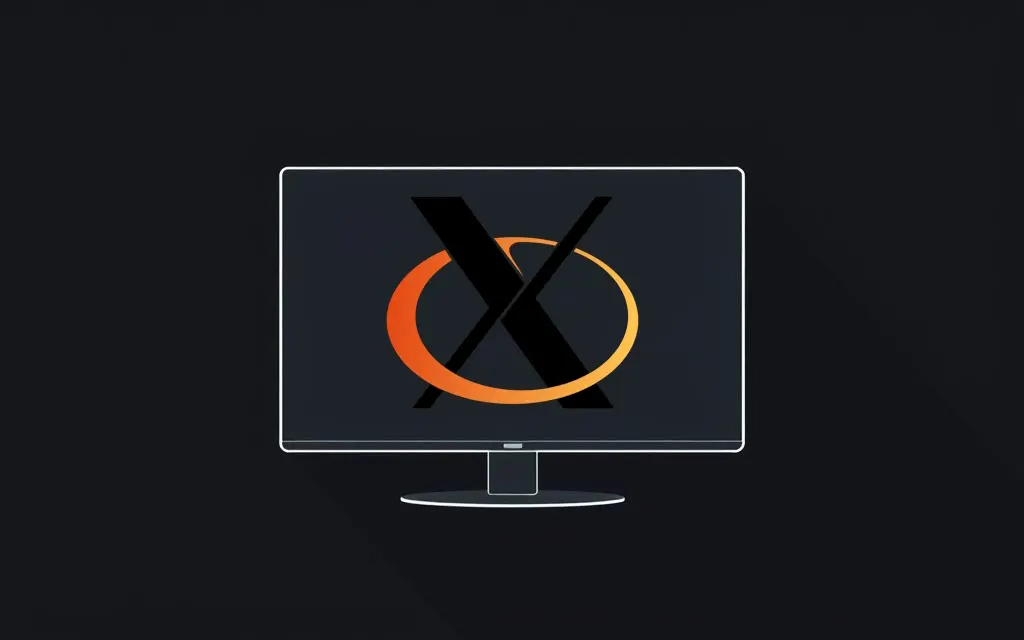Mastering Xorg on Arch Linux: A Post-Installation Guide
Welcome back, fellow Arch enthusiast! In our previous tutorial, we tackled the initial installation of Xorg in Arch Linux.
Now, it’s time to dive into the post-installation setup of Xorg, the bedrock of your graphical environment. Whether you’re a minimalist or a power user, configuring Xorg properly ensures your system runs smoothly, from handling input devices to managing multiple monitors.
This guide will walk you through essential tweaks for mice, touchpads, keyboards, displays, and more, while also addressing common pitfalls.
By the end, you’ll have a polished Xorg setup that’s both responsive and visually consistent. Let’s roll up our sleeves and transform that barebones Arch install into a tailored desktop experience!
Configuring Input Devices for Precision
Your interaction with Xorg starts with input devices. First, identify connected hardware using xinput:
xinput list
For mice, disable acceleration (if you prefer raw input) by creating /etc/X11/xorg.conf.d/00-mouse.conf:
Section “InputClass”
Identifier “My Mouse”
Driver “libinput”
Option “AccelProfile” “flat”
EndSection
Extra mouse buttons or touchpad gestures? Use libinput (modern default) or Synaptics (legacy). For touchpads, enable tapping and natural scrolling via:
Option “Tapping” “on”
Option “NaturalScrolling” “true”
Touchscreens can be calibrated with xf86-input-libinput and customized with xinput.
Keyboard Layouts and Display Mastery
Customize your keyboard in /etc/X11/xorg.conf.d/00-keyboard.conf. Set layouts, toggle Meta key behavior, or enable compose keys:
Option “XkbLayout” “us,fr”
Option “XkbOptions” “grp:win_space_toggle”
For displays, xrandr is your Swiss Army knife. Detect monitors:
xrandr –query
Adjust DPI to fix tiny text in ~/.Xresources:
Xft.dpi: 144
Struggling with multiple GPUs? Use Prime for offloading or configure outputs per card. The xf86-video-dummy driver helps simulate displays for headless setups.
Power Management and Visual Polish
Prevent screen burns with DPMS (Display Power Management Signaling). Add this to your Xorg config:
Option “StandbyTime” “600”
Option “OffTime” “1200”
Enable compositing for shadows and transparency via compositors like Picom. Install it and activate with:
picom &
Troubleshooting and Future-Proofing
Xorg logs (/var/log/Xorg.0.log) are goldmines for debugging. Common issues:
- Cursor invisible? Install xcursor-themes.
- Input not working? Check driver conflicts (e.g., libinput vs. Synaptics).
- Resolution stuck? Verify GPU drivers (like mesa for Intel/AMD).
For multi-monitor headaches, use arandr to visually arrange screens and export scripts.
Wrapping Up and Looking Ahead
Congratulations! You’ve fine-tuned Xorg to handle inputs like a pro, mastered display configurations, and even sprinkled in some visual flair.
Remember, this is just the foundation—the Arch Wiki offers deeper dives into niche scenarios. In our next adventure, we’ll explore Wayland, the modern successor to Xorg, tackling its quirks and advantages. Until then, happy tweaking, and may your pixels always align!

Comments are closed.